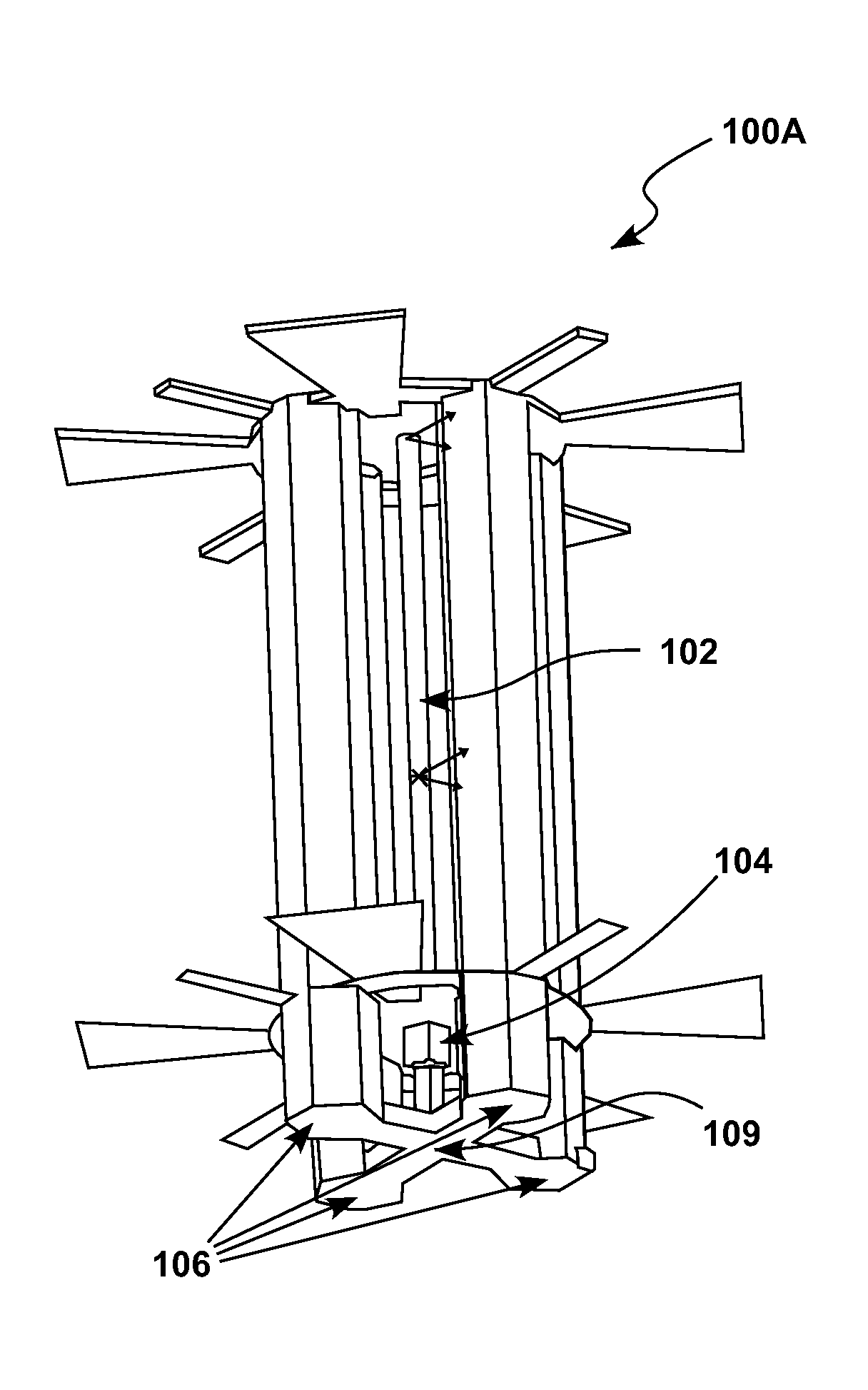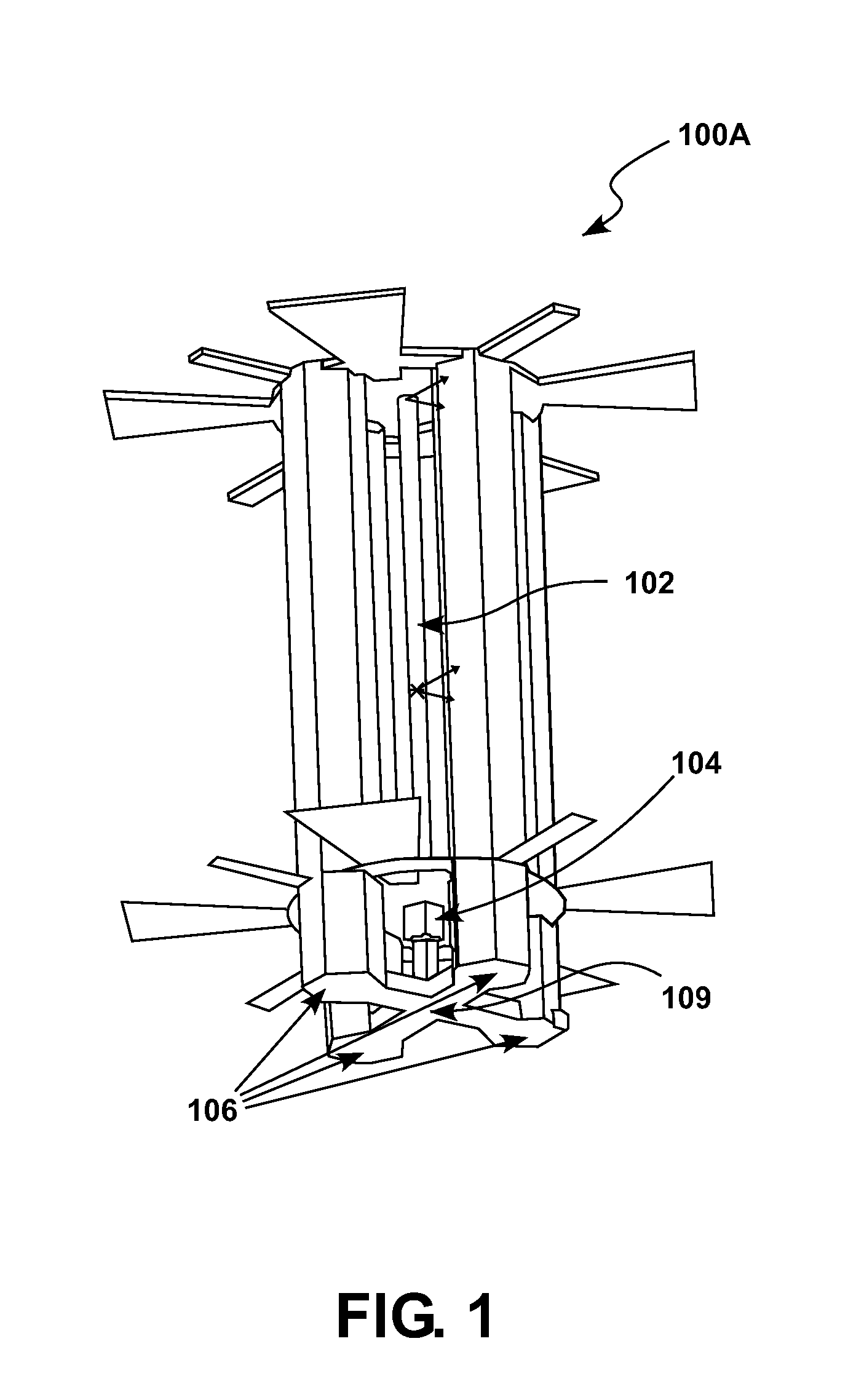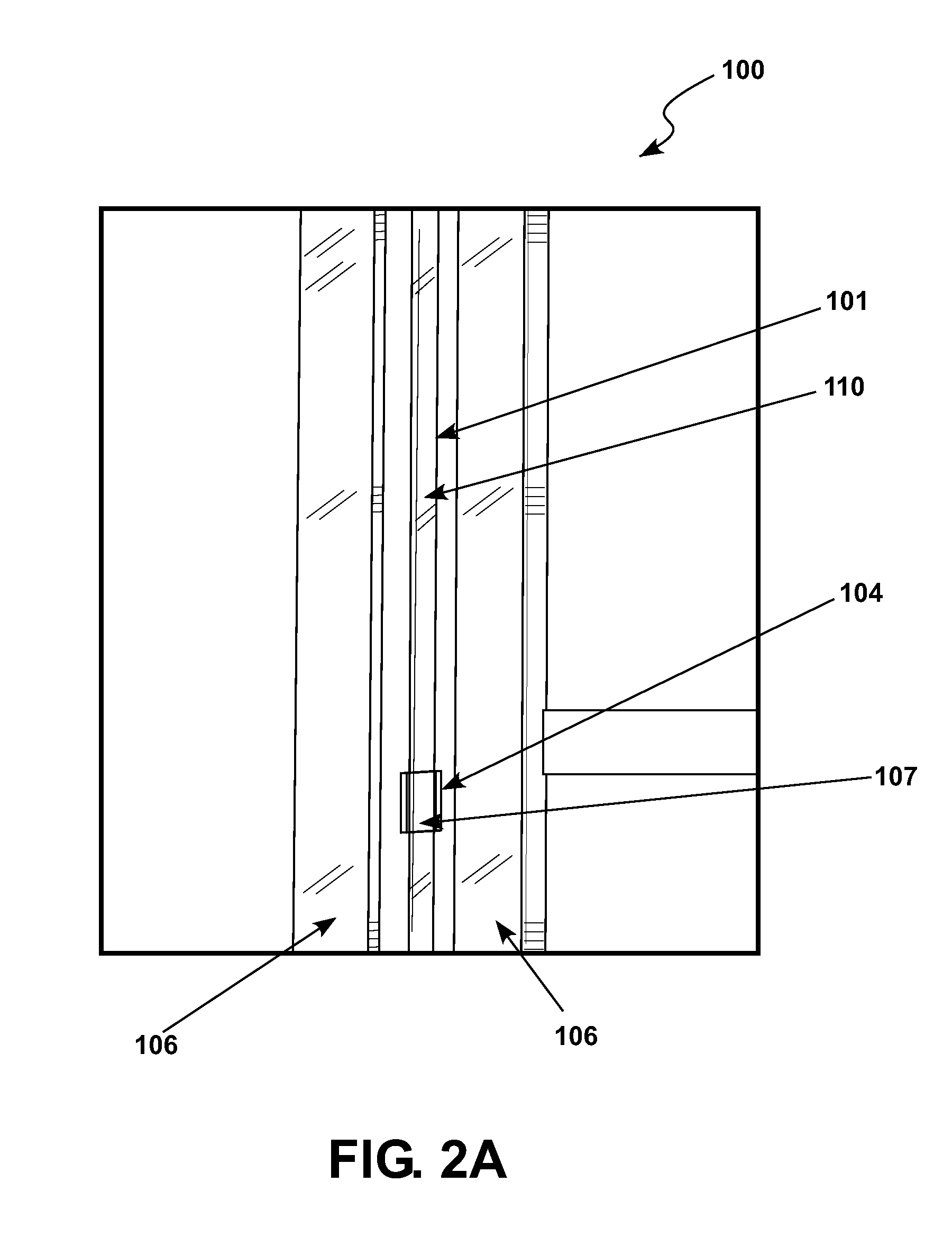Microfluidic separation device and method of making same
a technology of microfluidic separation and separation column, which is applied in the field of separation column, can solve the problem that existing apparatus and techniques only work, and achieve the effect of reducing the number of splicing and splicing steps
- Summary
- Abstract
- Description
- Claims
- Application Information
AI Technical Summary
Benefits of technology
Problems solved by technology
Method used
Image
Examples
Embodiment Construction
[0028]The present disclosure relates to a device and method for making a microfluidic separation device. In particular, the disclosure pertains to flash chromatography of micro volumes by constructing a microfluidic column capable of separating such micro volumes.
[0029]As disclosed here, a method employing flash chromatography is used. It differs from common gravity chromatography in the sense that it uses pressure to run the molecules through a packed column. In this case, using the three-dimensional “lost wax” approach for microfluidics, a method is presented for miniaturizing a chromatographic column. In the typical “lost wax” approach, a “negative” mold is made. Molten wax is injected into this mold and allowed to cool, thereby generating a wax model. The wax model is covered with plaster of Paris, for example, and heated. The heat melts the wax, which trickles out through a small hole and thus the wax is “lost,” leaving a precise replica of the desired microfluidic separation c...
PUM
| Property | Measurement | Unit |
|---|---|---|
| diameter | aaaaa | aaaaa |
| diameter | aaaaa | aaaaa |
| pressure | aaaaa | aaaaa |
Abstract
Description
Claims
Application Information
 Login to View More
Login to View More - R&D
- Intellectual Property
- Life Sciences
- Materials
- Tech Scout
- Unparalleled Data Quality
- Higher Quality Content
- 60% Fewer Hallucinations
Browse by: Latest US Patents, China's latest patents, Technical Efficacy Thesaurus, Application Domain, Technology Topic, Popular Technical Reports.
© 2025 PatSnap. All rights reserved.Legal|Privacy policy|Modern Slavery Act Transparency Statement|Sitemap|About US| Contact US: help@patsnap.com



